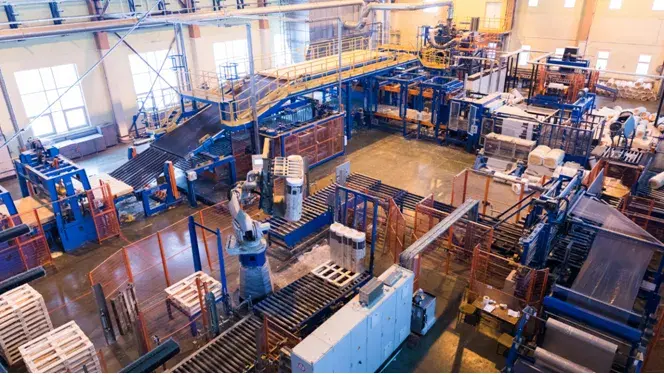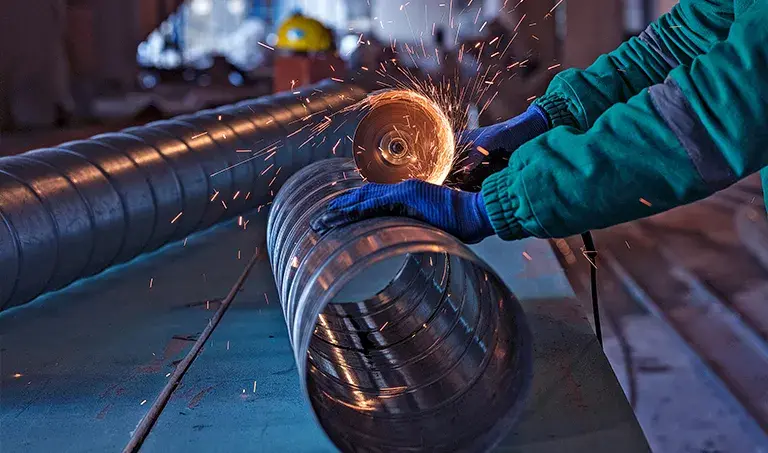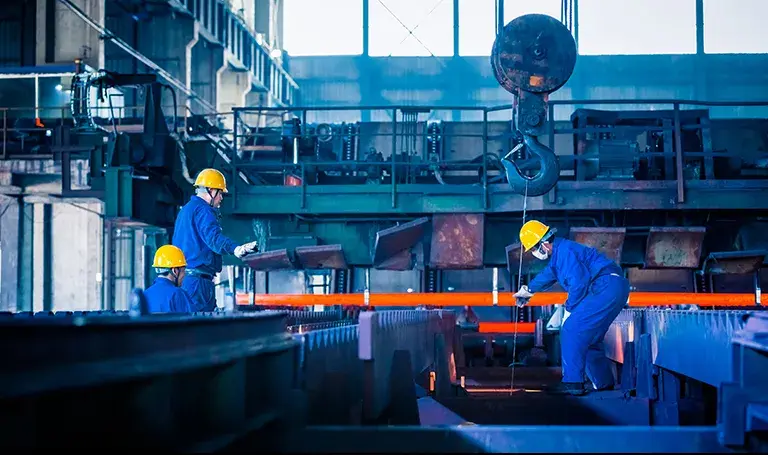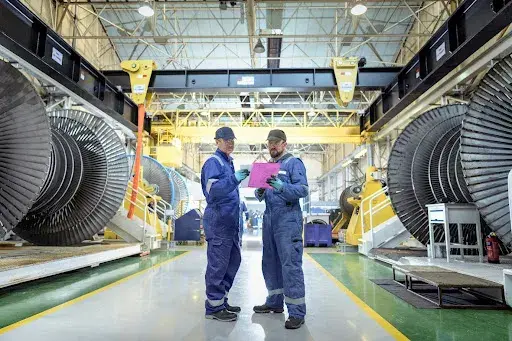
Our Updates
Blogs
Maintenance & Plant Reliability
User-Validated Production Outcomes: Delivering Reliability, Energy Efficiency, and RoI in Real-World
User-Validated Production Outcomes: Delivering Reliability, Energy Efficiency, and RoI in...
Read MorePredictive Maintenance: A Comprehensive Guide 2024
Predictive Maintenance: A Comprehensive Guide 2024 Table of Contents Introduction...
Read MoreCondition-Based Maintenance vs. Predictive Maintenance: A Comprehensive Comparison
Condition-Based Maintenance vs Predictive Maintenance: A Comprehensive Comparison In the...
Read MoreFault Detection & Diagnostics for Industrial Operations : A Comprehensive Guide
Fault Detection & Diagnostics for Industrial Operations : A Comprehensive...
Read MoreUnderstanding Types of Vibration and Measurement in Predictive Maintenance
Understanding Types of Vibration and Measurement in Predictive Maintenance In...
Read MoreAI Predictive Maintenance: Revolutionizing Industrial Efficiency
AI Predictive Maintenance: Revolutionizing Industrial Efficiency Table of Contents Introduction...
Read MorePredictive Maintenance: Is it the best approach for Greenfield or Brownfield projects?
Predictive Maintenance: Is it the best approach for Greenfield or...
Read MoreWhy Predictive Maintenance is gaining adoption in the Paper Industry
The pulp and paper industry has been steadily experiencing a...
Read MorePredictive Maintenance as a Service for the Steel Industry.
The steel industry plays an essential role in developing the...
Read MorePredictive Maintenance as a Service: A game-changer for Manufacturing.
Manufacturing encompasses a diverse and wide array of processes, industries,...
Read MoreImpact of Industrial Analytics in Fostering Manufacturing Transformation
If data is oil, manufacturing is the brightest lamp powered...
Read MoreDigital Transformation – The Future of Predictive Maintenance
Digital Transformation or digitization is no longer just a hype...
Read MoreUnderstanding Predictive Maintenance As a Service
What is Predictive Maintenance (PdM) and how does it differ...
Read MoreUnderstanding Digital Reliability
Understanding Digital Reliability Manufacturing industries manage complex production environments where...
Read MoreUnderstanding Machine Diagnostics and Remote Monitoring
Understanding Machine Diagnostics and Remote Monitoring Managing machine health and...
Read More
















